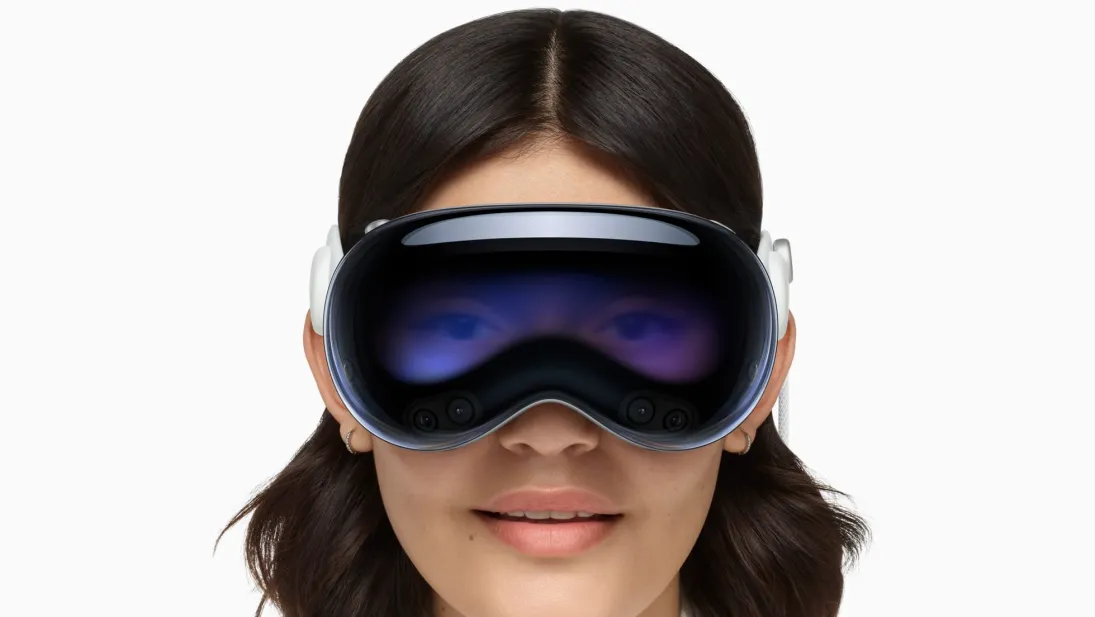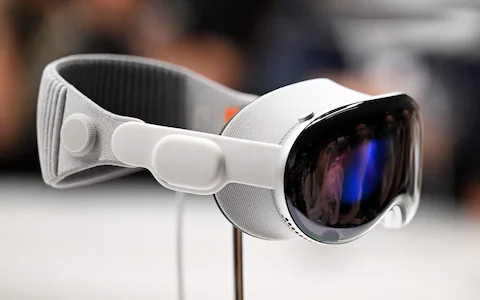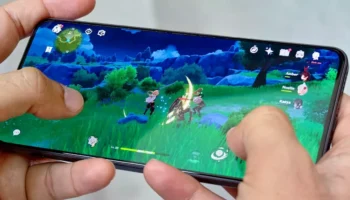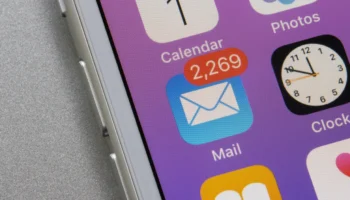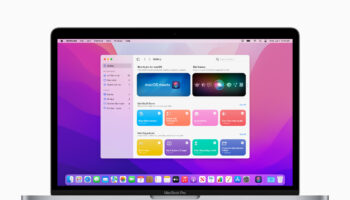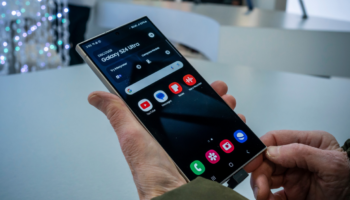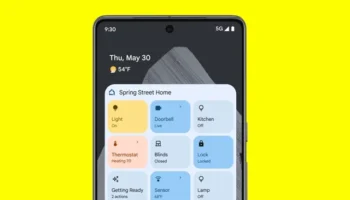Can You Really Trust Apple’s Vision Headset to Deliver?
Apple is no stranger to innovation, and its latest rumored release has sparked considerable buzz in the tech world. According to reports, Apple might release a $2,000 Vision headset next year, offering a more budget-friendly option for consumers interested in mixed reality (MR) technology. But with such a high price tag still attached to this “affordable” version, the question remains: can you really trust Apple’s Vision headset to deliver the exceptional experience it promises?
As the mixed reality market evolves, consumer expectations are soaring. Apple has built a reputation for delivering premium products that seamlessly integrate with its ecosystem. This article delves into the key details surrounding the $2,000 Vision headset and evaluates whether it lives up to the hype.
What We Know So Far About Apple’s $2,000 Vision Headset
Vision Pro’s Affordable Sibling?
Apple’s foray into mixed reality began with the Vision Pro, which carries an eye-watering price tag of $3,499. While the Vision Pro is designed to cater to early adopters and tech enthusiasts, rumors suggest that Apple might release a $2,000 Vision headset next year. This model is positioned as a more affordable alternative, but affordability is relative in this case.
Renowned industry insider Mark Gurman has hinted at the development of this less expensive model. According to Gurman, Apple’s strategy for the $2,000 headset is to target a broader audience by simplifying some features while maintaining strong performance capabilities. So, how does this headset compare to its more expensive sibling, and what sacrifices will be made in the name of affordability?
1. Expected Features of the $2,000 Vision Headset
While the $2,000 Vision headset won’t be as feature-rich as the Vision Pro, it is expected to pack a punch with some significant technological advancements. One of the most exciting features is the potential inclusion of Apple’s new A18 Pro chipset. Known for its efficiency and raw power, the A18 Pro could redefine how users experience mixed reality by enhancing both augmented and virtual reality features.
One trade-off, however, is the anticipated exclusion of the EyeSight feature, which is present in the Vision Pro. EyeSight allows users to engage with the real world while wearing the headset by projecting the wearer’s eyes on an outward-facing display. While this feature is innovative, removing it from the more affordable model could make the device feel less immersive for users seeking a balance between virtual and real-world interaction.
2. Market Demand for a Budget-Friendly Option
Apple’s decision to develop a $2,000 Vision headset aligns with increasing consumer demand for more accessible mixed reality devices. Many potential buyers were initially excited about the Vision Pro but were put off by the premium price. The release of a more affordable option could open up the market to a wider audience.
According to industry reports, the company expects to sell twice as many units of the $2,000 Vision headset compared to the Vision Pro. While it’s still a significant investment, Apple seems confident that the new model will resonate with consumers eager to explore the mixed reality space without breaking the bank.
The Technology Powering Apple’s Mixed Reality Experience
Apple has never been shy about pushing the boundaries of technology, and the Vision headset is no exception. Central to the device’s appeal are the advanced displays and augmented reality features designed to immerse users in a seamless mixed reality experience.
1. Micro-OLED Displays: A Visual Feast
The $2,000 Vision headset is rumored to feature micro-OLED displays, which could be sourced from LG and Samsung. These displays are expected to deliver superior clarity and brightness, key factors that enhance user immersion in augmented and virtual worlds.
Micro-OLED technology is particularly promising for mixed reality applications because it allows for ultra-thin, lightweight screens with high pixel density. This ensures that even with prolonged use, the user experience remains comfortable and visually sharp. By opting for micro-OLED, Apple positions the Vision headset as a premium device, even in its more affordable variant.
2. How Does It Compare to Other Devices?
When comparing the Vision headset to competitors in the mixed reality and augmented reality markets, the most direct comparisons can be drawn with products like Meta’s Ray-Ban Stories. Meta’s smart glasses are positioned as a more casual, everyday wearable device, while Apple’s headset aims to provide a fully immersive mixed reality experience.
While Meta’s Ray-Ban Stories focus on lightweight interaction through voice commands and camera features, Apple’s Vision headset will offer a more advanced experience, suitable for entertainment, productivity, and even gaming. The key difference is in functionality—Apple’s headset will likely be more versatile, but Meta’s offering wins in the portability department.
3. Positioning Within Apple’s Smart Home Ecosystem
The Vision headset’s integration into Apple’s broader smart home ecosystem could be a significant selling point. As part of Apple’s product family, the headset will seamlessly connect with other Apple devices, such as AirPods, iPhones, and Macs. FaceTime integration, for instance, could allow users to communicate in mixed reality spaces, revolutionizing how we interact remotely.
This level of interconnectivity is one of Apple’s strongest advantages. Imagine donning your Vision headset to join a virtual FaceTime call, simultaneously checking messages on your iPhone and controlling your smart home devices—all without leaving the MR environment. Apple’s vision for its ecosystem has always been to create a frictionless user experience, and the Vision headset could be the next step in that journey.
Future Developments in Mixed Reality from Apple: A Glimpse Ahead
Apple is not resting on its laurels when it comes to mixed reality. While the $2,000 Vision headset is generating plenty of buzz, the tech giant is already working on future models. According to reports, a second-generation Vision Pro is slated for a 2026 launch. This model is expected to feature significant upgrades in both hardware and software, possibly introducing even more advanced forms of interaction, such as brain-computer interfaces.
With the potential for improved sensors, enhanced battery life, and even more seamless integration into Apple’s ecosystem, the Vision Pro’s successor could set new benchmarks for the MR industry. Apple’s strategy seems to be focused on long-term innovation, aiming to stay ahead of the curve as the mixed reality market grows.
Accessibility Concerns for Consumers: Is $2,000 Truly Affordable?
While Apple’s Vision headset might be labeled as a more “affordable” option, the $2,000 price tag is still steep for many consumers. The premium pricing strategy Apple employs has always been a point of debate—while the company delivers high-quality, cutting-edge technology, it also leaves many potential customers priced out of the market.
In the context of mixed reality, where competitors like Meta and Sony offer lower-cost alternatives, Apple’s challenge will be to justify the higher price point. The device’s premium features, seamless ecosystem integration, and brand reputation will undoubtedly appeal to Apple loyalists, but will they be enough to convince the average consumer?
Value proposition plays a critical role here. While the $2,000 Vision headset will offer more advanced features than cheaper alternatives, Apple must ensure that the added value is clear to buyers who might otherwise opt for a lower-priced device.
Final Thoughts on Trusting Apple’s Vision Headset to Deliver an Exceptional Experience
So, can you really trust Apple’s $2,000 Vision headset to deliver? The answer largely depends on what you’re looking for in a mixed reality device. If you’re an Apple enthusiast who values high-quality tech, seamless ecosystem integration, and cutting-edge performance, then the Vision headset is likely to meet your expectations.
Apple’s track record for delivering premium products that push the boundaries of innovation speaks for itself. While the $2,000 Vision headset may not be within reach for everyone, it represents a step towards making mixed reality more accessible without compromising on quality.
As Apple continues to refine its offerings and explore future developments in mixed reality, one thing is clear: the Vision headset is poised to be a major player in the growing MR market. Whether or not the $2,000 price point is justified, Apple’s venture into mixed reality promises to deliver an immersive experience that could redefine how we interact with both the virtual and real worlds.

